By Nitin Mukadam
The Kochi-Muziris Biennale, a festival of the visual arts, was inaugurated Oommen Chandy, the Chief Minister of Kerala, at the Kochi Parade Grounds, in the presence of an estimated crowd of over 5,000 people. This is the first-ever biennale to be held in India.
Also present were recognized creative celebrities like Adoor Gopalakrishnan and Ghulam Mohammed Sheikh. The inaugural event began with a scintillating panchavadyam performance by a troupe of 44 musicians who played tirelessly non-stop for over an hour. This was followed by a heart-warming performance of one of Kerala’s lesser known folk music genres — the kaikotti pattu, sung by women to the simple beat of clapping hands.
The Kochi-Muziris Biennale (KMB) will span a period of over 3 months from December 12, 2012 to March 13, 2013. It will feature the works of over 80 major artists from more than 24 countries. Some of the artists, among them Jonas Staal of the Netherlands, Joseph Semah from Israel and Ernesto Neto from Brazil, have created special works rooted in their understanding and interpretation of the history, culture and people of India, and of Kochi in particular.
The biennale will have guided tours for all the venues having exhibits, which will continue throughout the three months. Additionally, there will be talks, performances and public art installations, to help generate more awareness and appreciation of art.
Kochi’s heritage is very much on display. All the venues for the biennale are restored buildings rooted in the history of Kochi. The Durbar Hall of the erstwhile Maharaja of Kochi has been transformed into a world-class art gallery.
David Hall is a Dutch bungalow built towards the end of the 17th century, and it is now an art gallery. The Cochin Club, a venerable Kochi institution, will have installation art and sculpture exhibited in a part of its grounds. Aspinwall House is a complex of a trading office building, a residential bungalow and warehouses, which have been painstakingly restored.
The premises will be the venue for performances and the buildings will house art exhibits. Pepper House is actually two old pepper godowns which were is disuse for many years. They are under restoration, and will eventually house a courtyard café, a gallery, artists’ studios and event spaces.
In all, KMB has been granted the use of over 300,000 square feet of mixed use space across 14 venues. KMB will have other collateral events. The most significant is the BRICS segment that features works from the emerging economies of Brazil, Russia, India, China and South Africa. These specially curated pieces of art are intended to juxtapose the creative expressions of these nations against the better-known art of the developed world.
KMB gets down to serious business from today with a day-long schedule of events that includes talks, a cookery demonstration, two performances by artists who have combined an art work and a performance into a single creative expression, and guided tours for exhibition sites as well as the BRICS segment.
An art biennale is usually a major international art event attracting participation by artists and creative people from several countries. It features, besides exhibits of works of art, a lot of interactive events and performances. The first art biennale was held in Venice in 1895. Today, over a hundred biennales are held all over the world, and now India finally joins this club.
Biennales are more than just art events. A biennale becomes a driver of economic and other gains. The Kochi Biennale is expected to dramatically increase tourism as it could attract millions of international and domestic visitors. Hotels in Kochi are running full currently for the entire opening week of the biennale. Biennales also help bring awareness and appreciation of art among the lay public. At Kochi, many school children were observed visiting the venues and excitedly talking about what they saw.
Inclusion tends to be a hallmark of every biennale. It contributes to demystifying art by bringing art and artists closer to the public. It also establishes a dialog between the art and the viewer that enriches both. One interesting way in which this has been achieved at KMB is the openness of the inaugural event. There was no ‘reserved’ VIP, media or delegate seating. Ordinary citizens of Kochi rubbed shoulders with some of the finest artists of the world and some very elite buyers of art.
KMB has an open section for both artworks and performances, which will showcase the work of many new artists, as against the ‘curated’ exhibits featuring established artists.
The inaugural event had a remarkable way of getting inclusion with a small LED helicopter toy being distributed to everyone present. People were encouraged to shoot it into the air and watch it descend slowly with the LED glowing and reflecting off fluorescent rotors.
It was magical to see hundreds of these being shot into a starry night sky again and again, and then gently descending with a surreal glow. This should have given a sense of satisfaction to two men who have been the primary force behind the idea and the evolution of this biennale – Bose Krishnamachari and Riyas Komu.


)
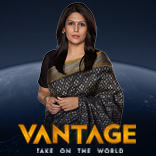


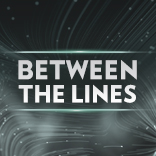
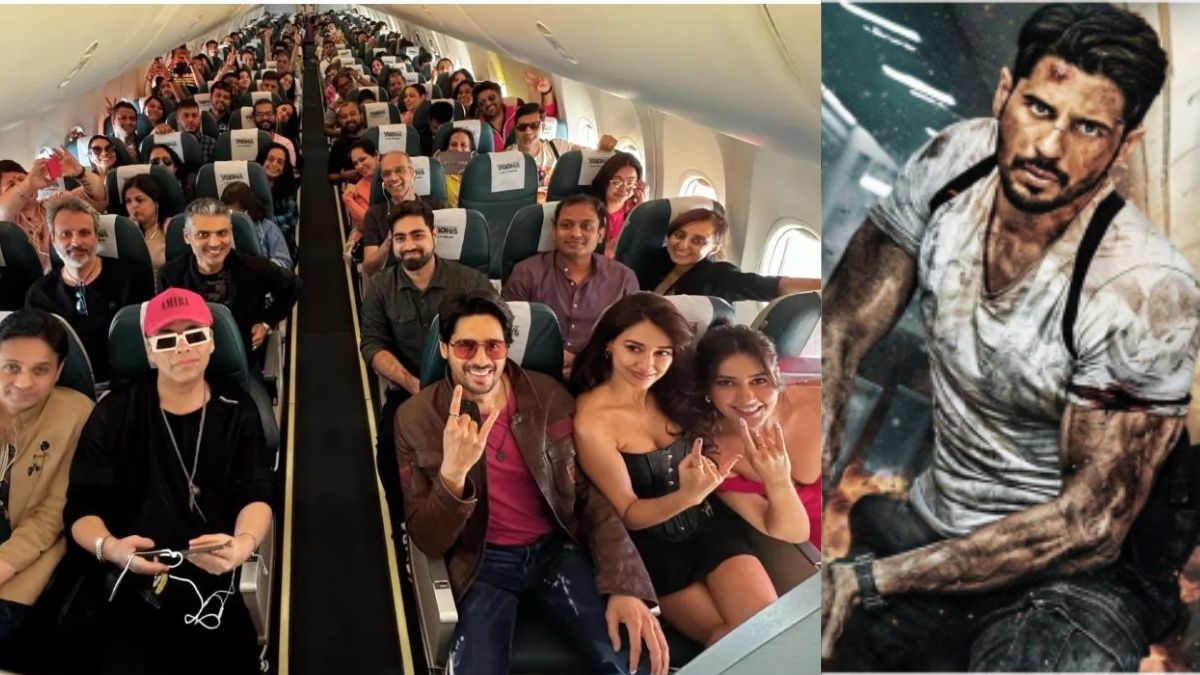)
)
)
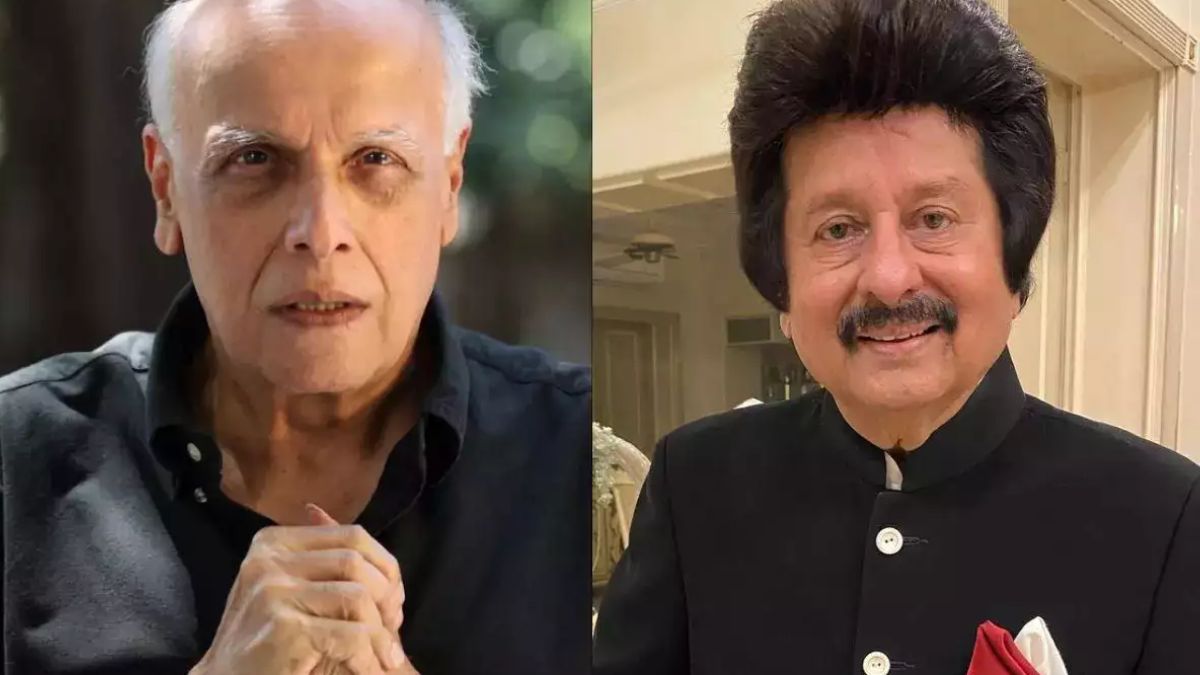)
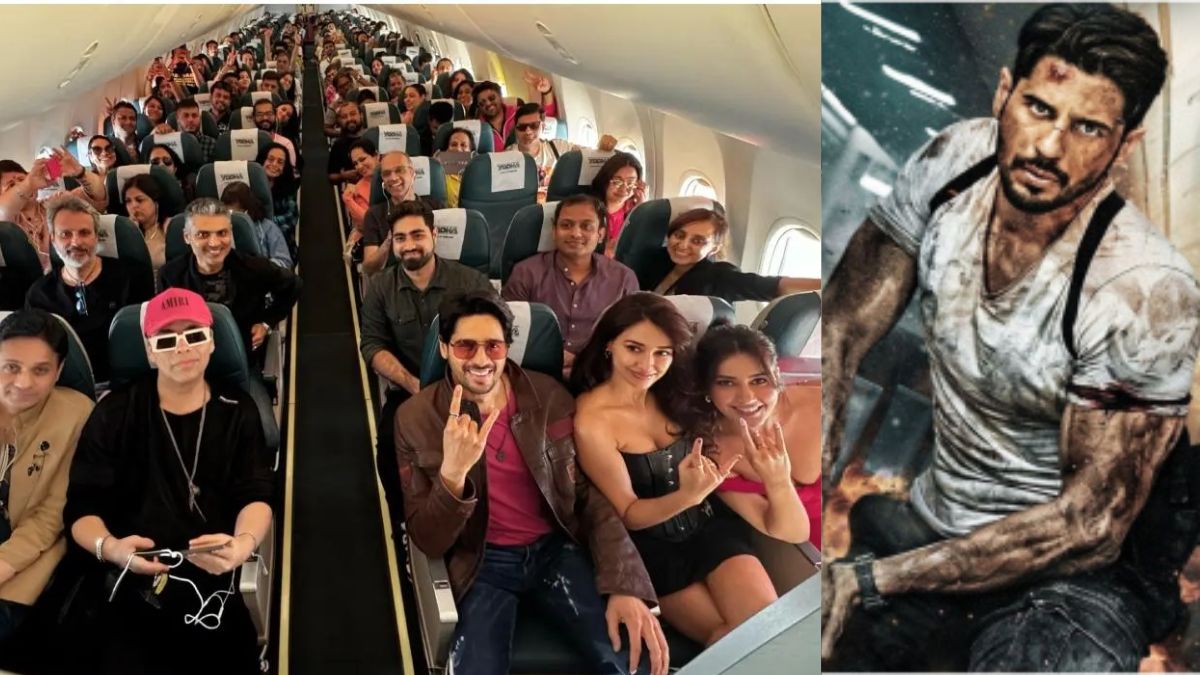)
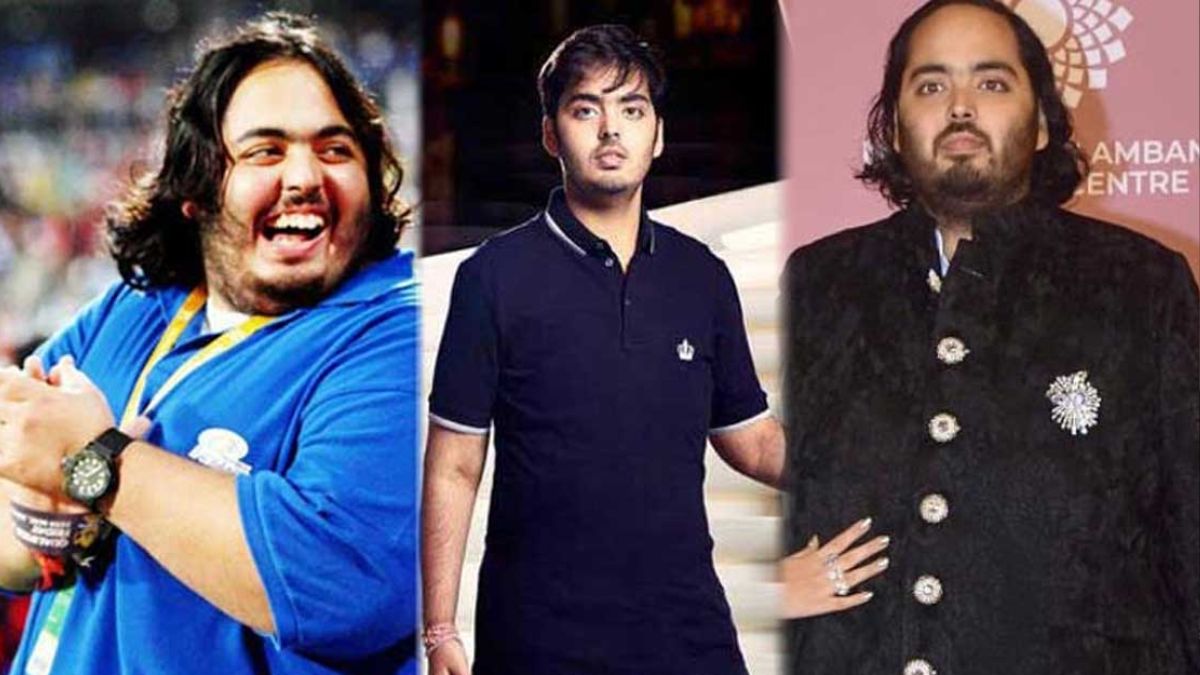)
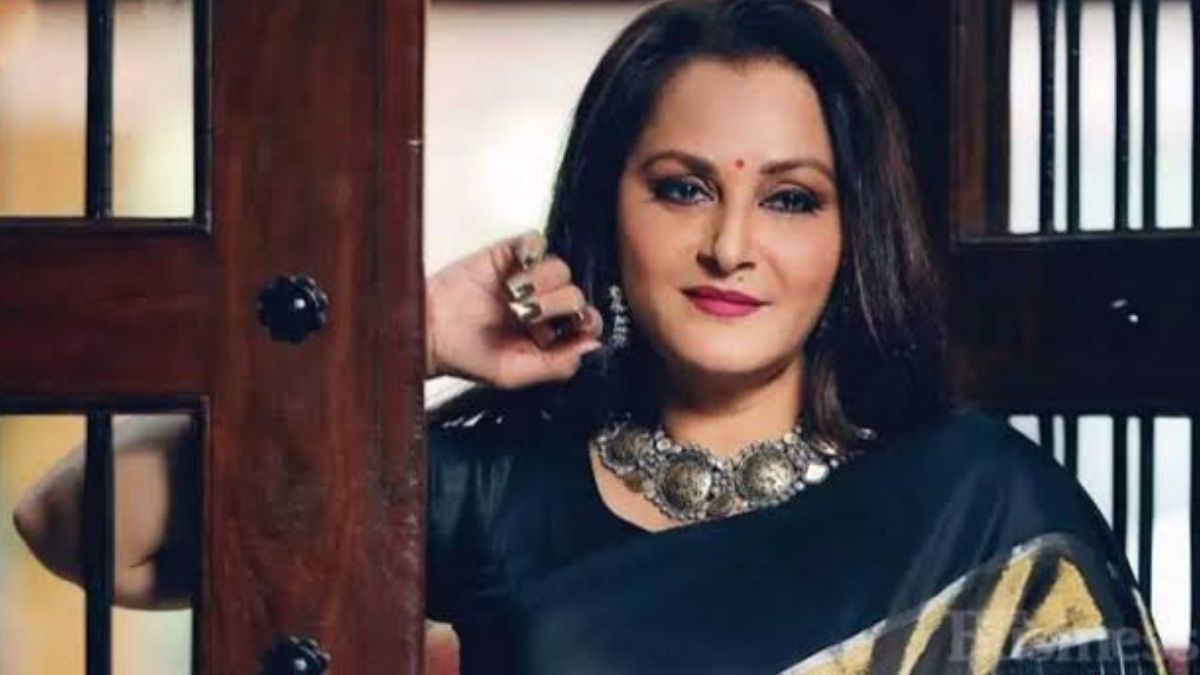)
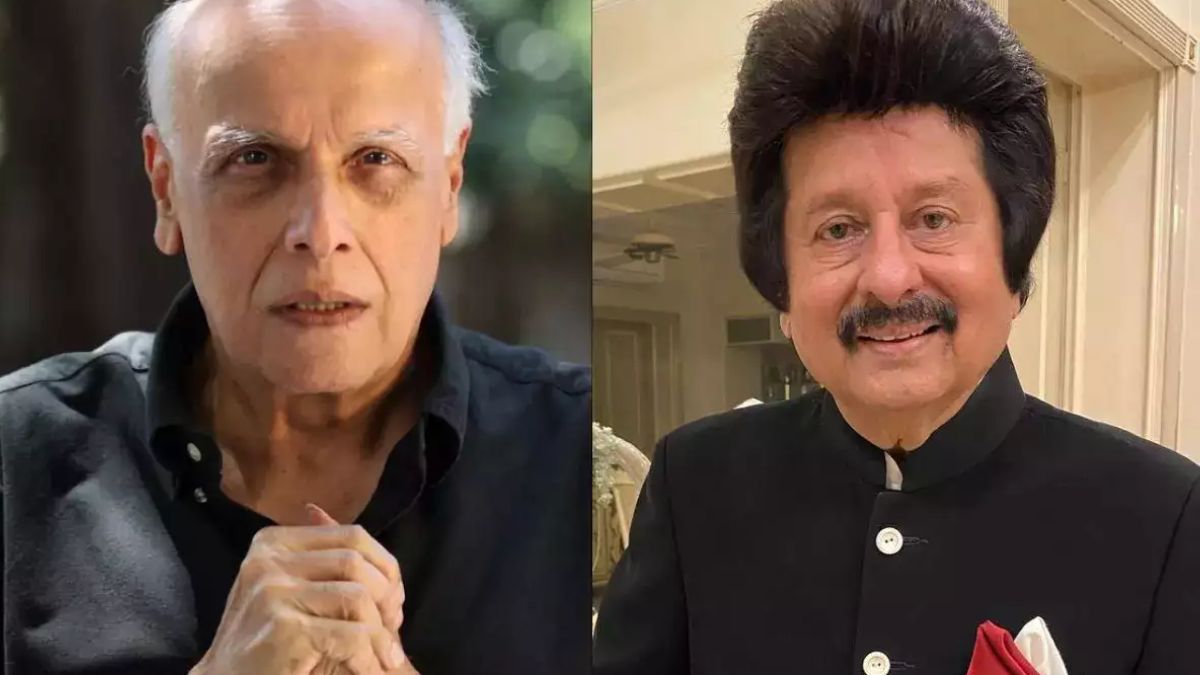)